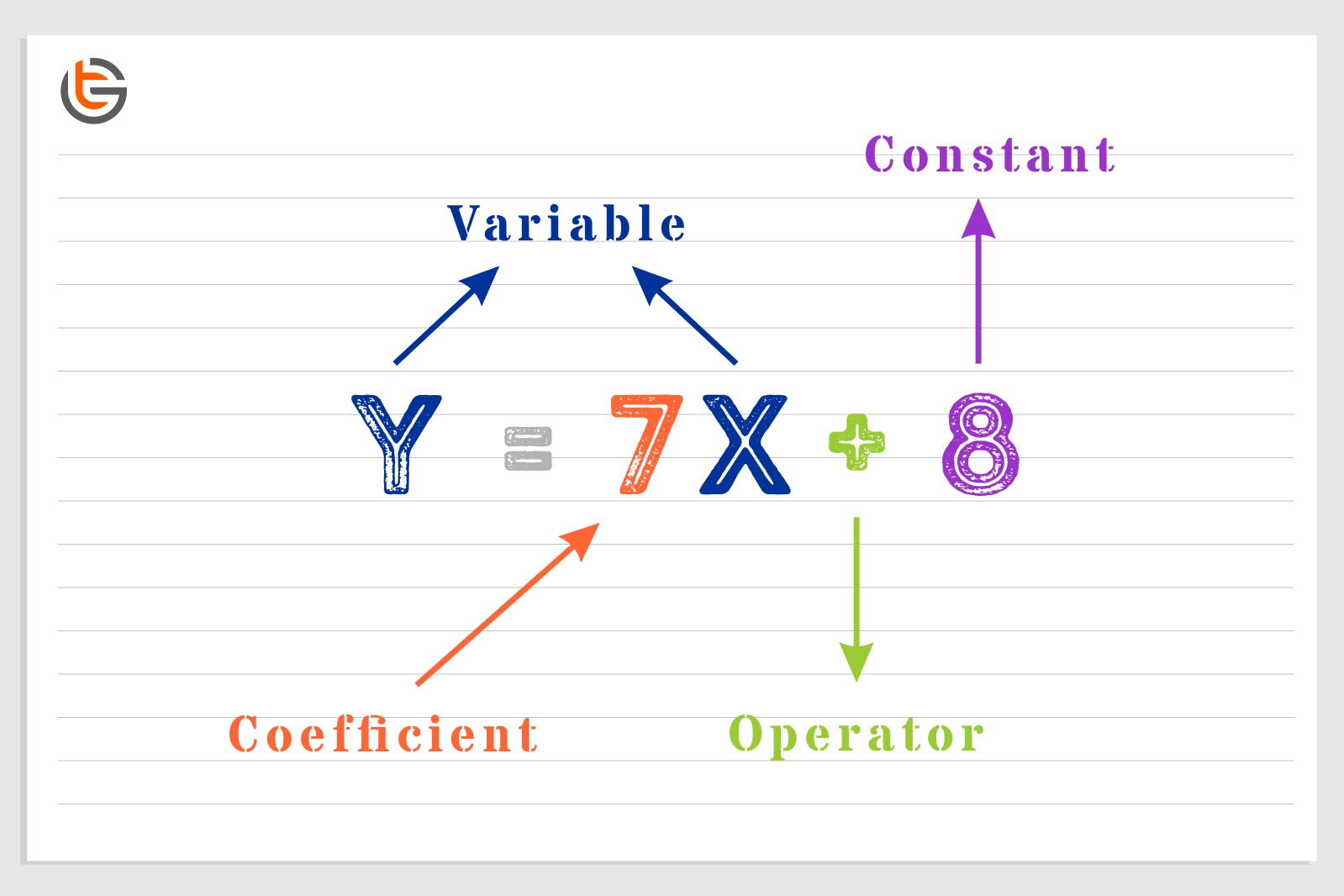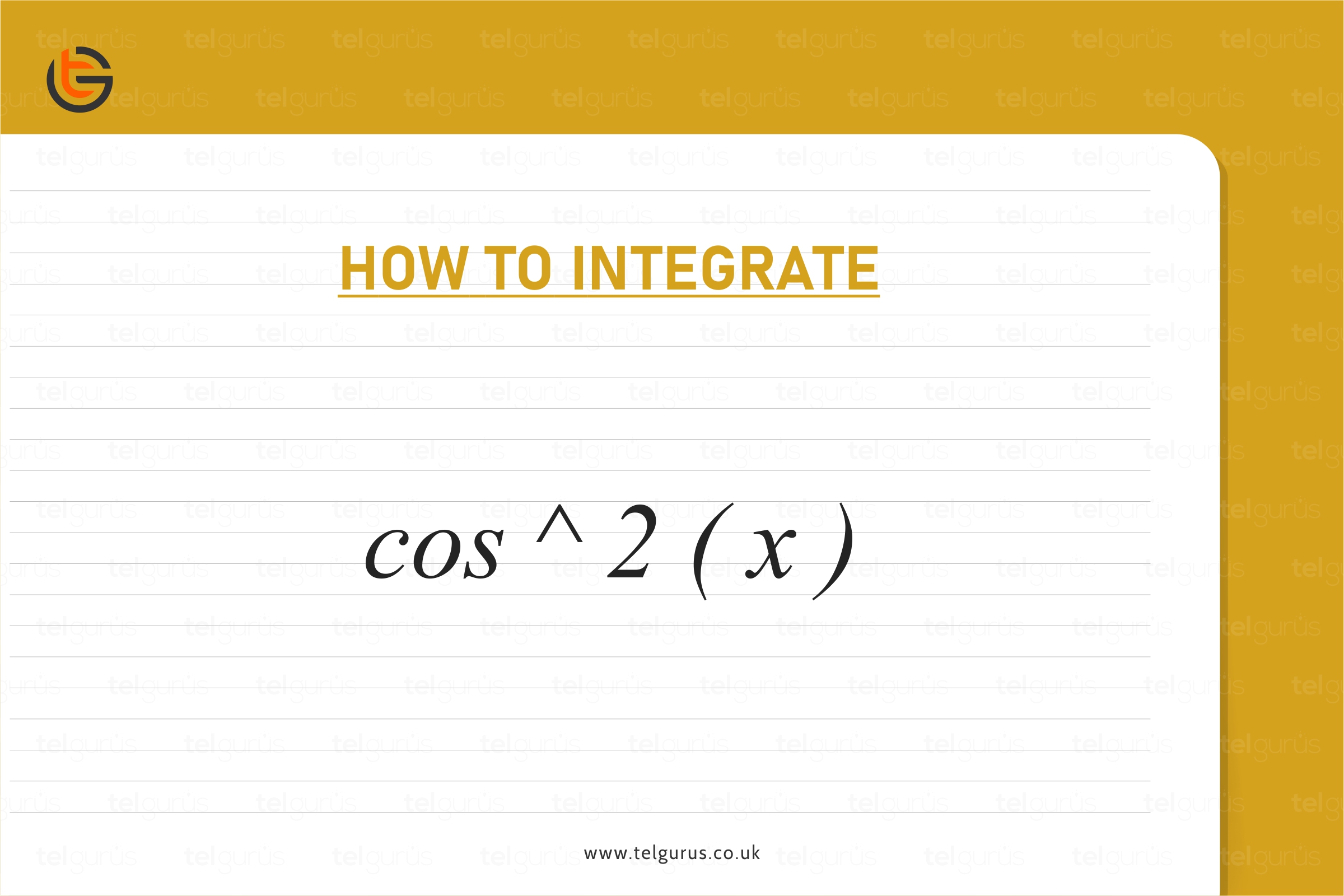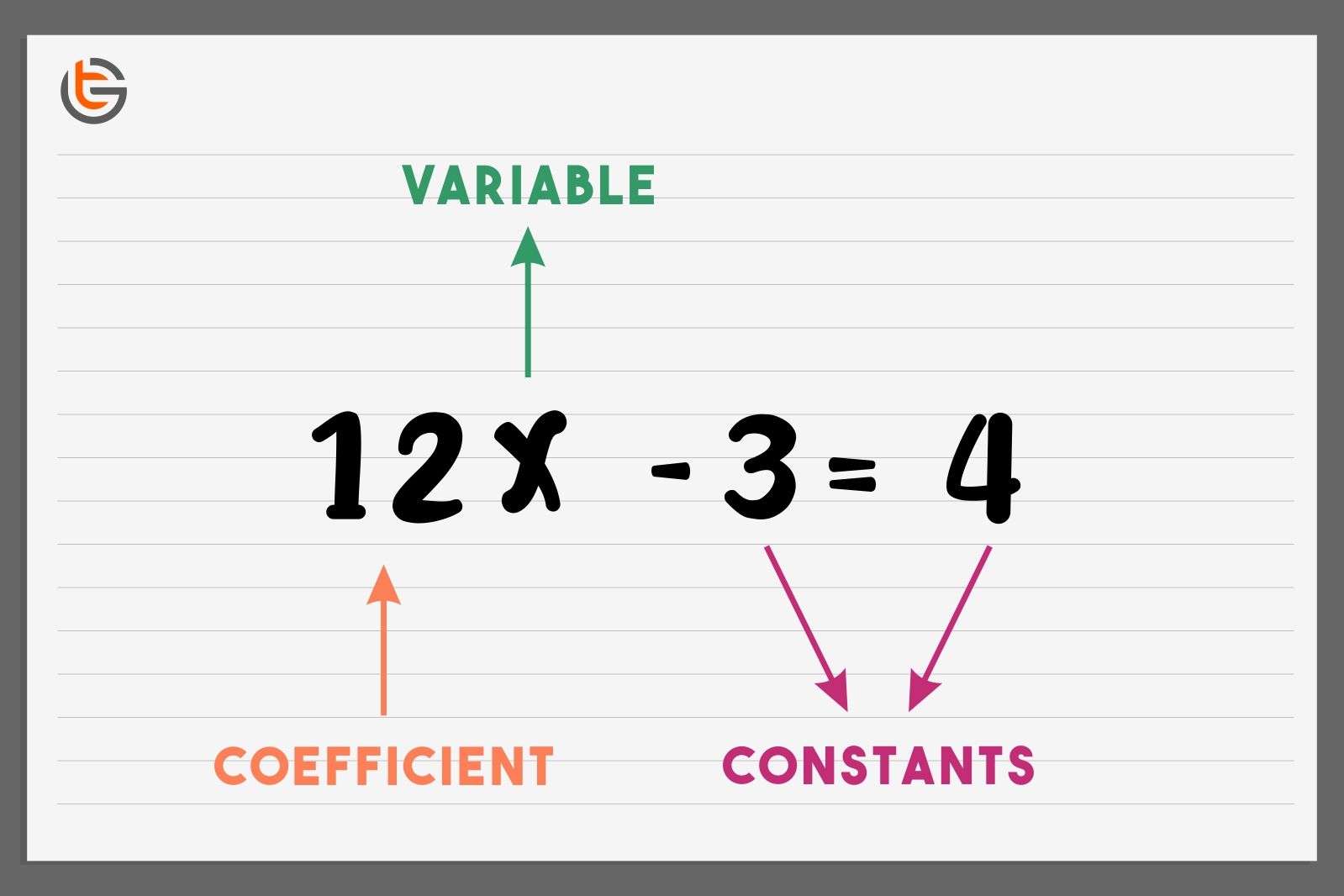Enrich your knowledge with our informative blogs
What is a coefficient in math?

A coefficient is basically defined as an integer which is multiplied with the variable of a single term or the terms of a polynomial. In other words, it refers to a number or quantity placed with a variable. The variables having no number with them are assumed to have 1 as their coefficient.
What is a polynomial?
Poly means ‘many’
Nomial means ‘terms’
A mathematical expression having one or more algebraic terms is called a polynomial. Commonly it is expressed as a sum of several terms having different powers of same variable or variables.
Let us understand with few examples.
In an expression: {ax+bx+z}
Here, is called variable and “a” and “b” are the coefficients and z is called constant.
In an expression: {{x}^{2}}+5 , 1 is the coefficient of {{x}^{2}} .
Now, to identify a coefficient, it should be remembered that it always comes with a variable. In above example of { ax+bx+z, x} is the variable. Hence, ‘a’ and ‘b’ are the coefficient here.
Characteristics of a Coefficient:
A coefficient can be a real/imaginary, positive/negative or even in the form of fractions or decimals.
For example:
In an expression:
- 7x, 4.7 is the coefficient of variable x
- In \frac{{-1}}{2}y,\,\,\frac{{-1}}{2} is the coefficient of variable y.
Important Points to remember while working on coefficients:
- A coefficient is always attached to a variable, whether variable is a single term or a polynomial.
- In case there is no number or numerical factor in a term, the coefficient of the same is considered a 1.
- The value of the variable is never the same and varies with a situation or according to the question.
- The value of a constant is always fixed and cannot be changed.
- A coefficient can never be zero because when we multiply 0 (as a coefficient) with any variable, the value of the same results into 0.
- While adding or subtracting polynomials, coefficients of the same variables can only participate in these arithmetic operations. But there is no such rule for multiplication and division.
For example :
On adding 8{{x}^{2}}+12y+9 and 17x2 – 3y + 4
We get, (8 + 17) x2 + (12 – 3) y + (9 + 4)
The answer becomes 25x2 + 9y + 13
Examples:
- Find out the numerical Coefficients in the term : \frac{{2xy2}}{7}
Solution: \frac{2}{7} is the coefficient of the above term.
- Find out the numerical coefficients in the following algebraic expression: 7x2 – 5y + 8.
Solution: Here we have three algebraic terms. In the term 7x2, the numerical coefficient of the term 7x2 is 7, -5 the coefficient of y, and 8 is a constant. Therefore, the numerical coefficients are 7and -5.
- Find out the numerical coefficients in the expression: 9{{a}^{2}}-3y+8
Solution: Amongst these three algebraic terms, the numerical coefficient of the term ~9{{a}^{2}} is 9, -3 is the coefficient of y, and 8 is a constant. Therefore, the numerical coefficients are 9 and -3.
- Find out the numerical coefficients in the expression: 7{{w}^{2}}+8e+5
Solution: In the term 7{{w}^{2}} the numerical coefficient of the term 7{{w}^{2}} is 7, 8 is the coefficient of e, and 5 is a constant. Therefore, the numerical coefficients are 7 and 8.
Read More – Mathematics Questions
View More – Useful links for Your Child’s Development

Unleash the Power of visualization to break tough concepts
Wanna be the next Maths wizard? Discover the new way of learning concepts with real-life Visualization techniques and instant doubt resolutions.
Categories
Recent Posts
- List of the qualities you should look for in your tutors?
- What is the most useful formulas in math?
- Describe the process of eating to defecation of food?
- Difference between the natural and artificial active response by the immunology system.
- Explain the different circle theorems
- How are nerve cells adapted to their function?










